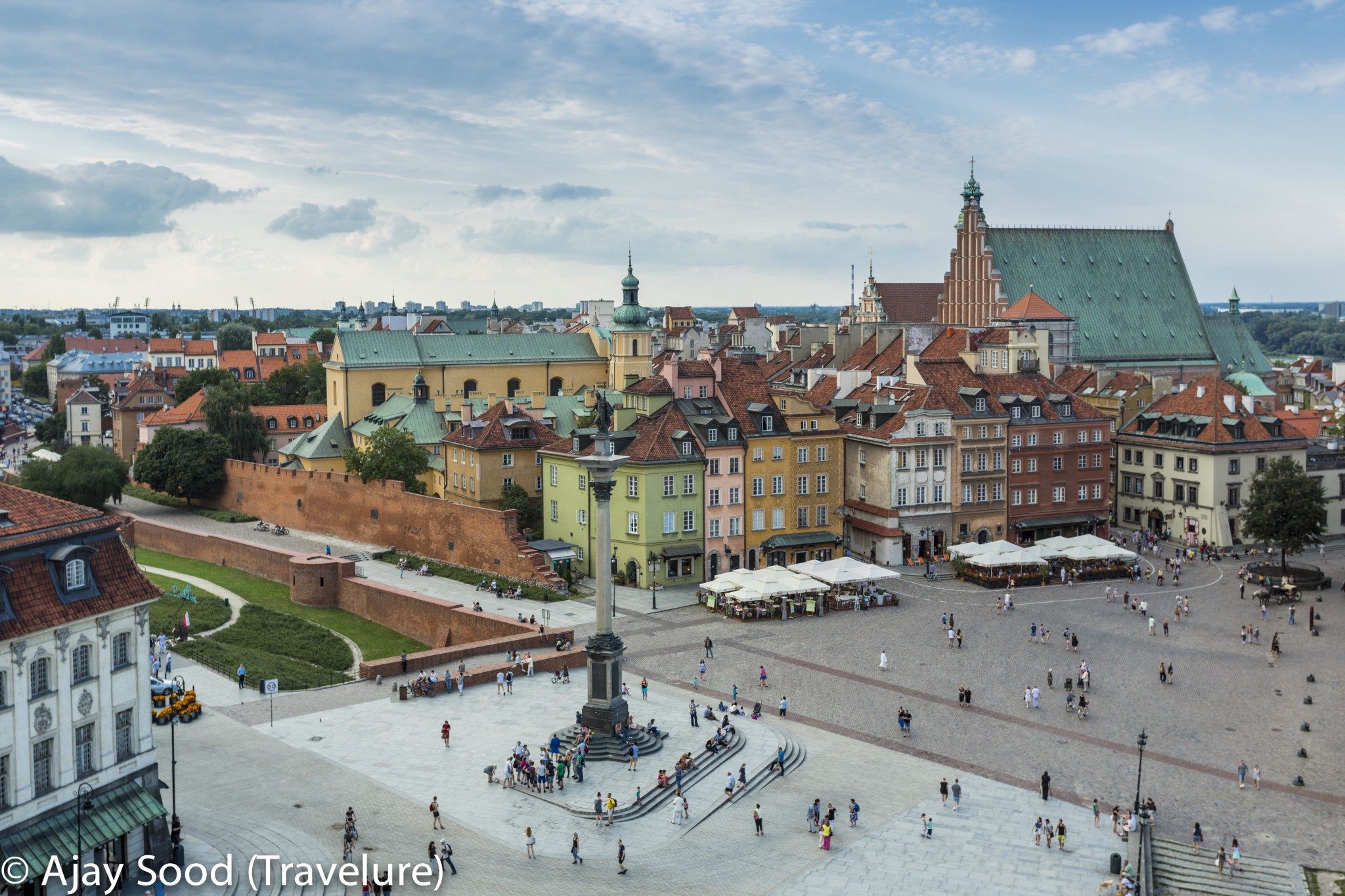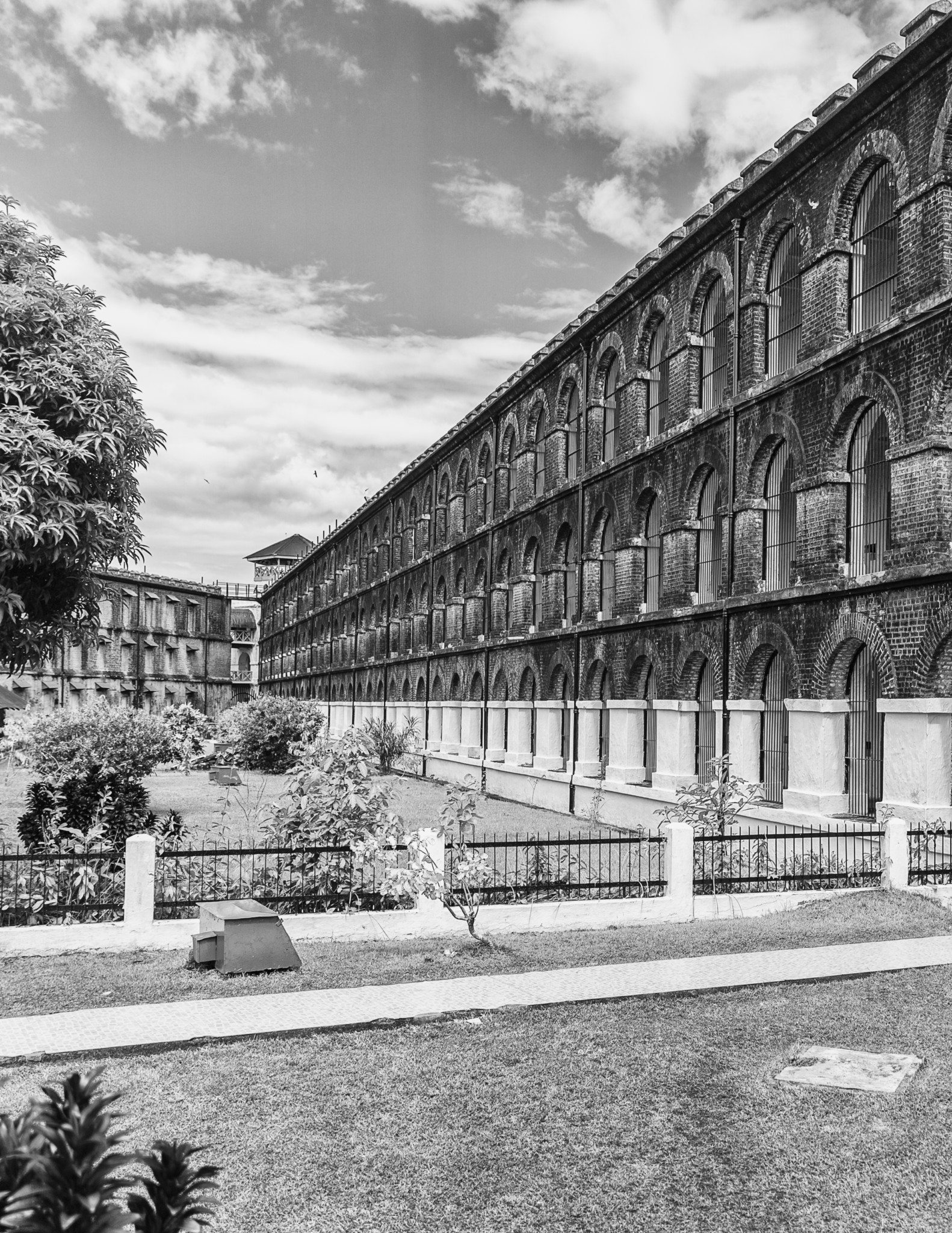Revdanda Fort and the Rise of Shivaji
During my whirlwind day trip to Alibag, while I visited a few beaches, the highlight for me was my visit to two magnificent forts – Revdanda and Korlai. I’ll write about Korlai fort in my next post. But I dedicate this post to Revdanda fort, and to the rise of the famous Maratha ruler, Shivaji.
South of Alibag, Revdanda fort is in Revdanda town. This coastal town is on the North bank near the mouth of the River Kundalika. During the 16th and 17th centuries, Revdanda town was called Chaul.

Revdanda fort History
The Portuguese built this fort in 1524 CE. In 1636, Shivaji’s father, Shahaji, wrote to the Portuguese Captain in charge of Chaul Fort to allow his family to stay in the fort as they faced a constant threat from the Mughal rulers of Delhi, and the Adilshahi rulers of Bijapur. He mentioned he had custody of the eleven-year-old Nizamshahi ruler and could cede some territory from the Nizamshahi kingdom to the Portuguese since he was governing the territory in the name of the boy prince.
Though Shahaji had friendly relations with the Portuguese but fearing a backlash from Delhi and Bijapur, the Portuguese did not agree to his request. It is ironic that a couple of decades later, Shahaji’s son (Shivaji) took possession of the Chaul (Revdanda) fort and founded the Maratha navy here.

Revdanda fort and Shivaji
The Portuguese were ruling the sea along the Konkan coast. Any other ruler who had ships had to pay the Portuguese a tax for a permit to ply them and had to abide by certain rules. Shivaji would have none of this. He accessed the Portuguese shipbuilding yards near Bassein (Vasai) and Thana (Thane) and built 20 ships. His declared reason for building those ships was to counter the menace of Siddi rulers of Janjira.

Soon after, he built another 50 ships in Chaul (Revdanda). Shivaji was gaining power fast, and the Portuguese were now wary of him. His ships would ply without the permit. When the Portuguese seized some of his ships, he also started seizing the trading vessels. At one point, Shivaji’s fleet seized 121 trading ships from the Karnataka and Goa ports. Soon, the time came when the Portuguese stopped messing with Shivaji’s ships, and vice versa.
All this while, Shivaji wasn’t just building or seizing ships but had built many forts along the Konkan coast like Vijaydurg, Sindhudurg, Padmadurg, etc. In short, Shivaji moved from strength to strength along the Konkan coast, despite the Portuguese rule there. This forced the Portuguese Viceroy to write to the king of Portugal that he was afraid of Shivaji’s navy.

Revdanda fort today
The glorious chapter of Shivaji’s valour may have started here. But today, all that exists of this magnificent heritage treasure is the entrance arch, some parts of the fort wall, and a roofless bell tower in the ruins of a Portuguese church. What has replaced the ancient fortification is the new colonies of Revdanda town. In fact, the locals have built most of the town within the fort walls.

Today, Shivaji is a Maratha hero. Mumbai airport and the UNESCO-inscribed railway station in Mumbai are both named after this great warrior king. But if you wish to see where his story began, visit Revdanda fort. The visit will enrich you!
Pin this history!



















